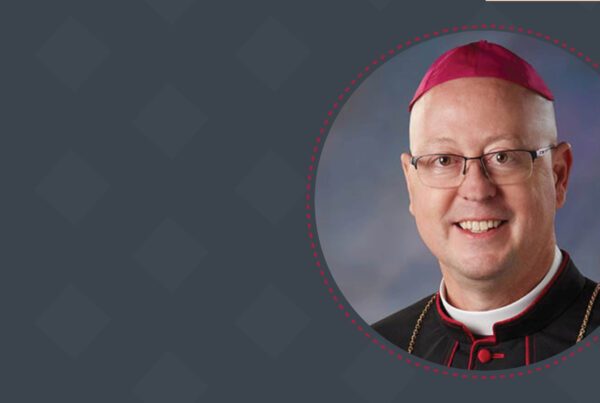As Steier Group clients prepare to embark upon major capital campaigns, the fears that they express most often are related to increased workloads for their staff members and the worry that a campaign may negatively impact the organization’s annual giving program.
At every development and fundraising conference I have attended during the past 25 years – and within the pages of every capital campaign book or manual I have ever read – experts claim that campaigns actually produce a positive impact on annual giving. So, over the years, as I stood in front of church councils, leadership committees, trustee groups, and boards of directors during sales presentations, I proudly shared with them that – contrary to their assumptions – a Steier Group campaign will actually result in a long-term increase in their organization’s annual giving figures.
This approach served me well until about a decade ago when a Catholic church finance council member asked me for statistics to back my claim. It was then I realized that my argument was based solely upon anecdotes and things I’d read in fundraising publications. I believed that the information I was sharing was true, but I did not have the hard data to prove it.
For the next several years, I gathered data from our clients regarding their annual giving/church offertory figures. I was excited because I would not only have data related to a campaign’s impact on annual giving, I would have statistics on how our Steier Group campaigns impacted annual giving. Here is what we discovered:
IMPACT OF CAPITAL CAMPAIGN ON ANNUAL GIVING
(ALL PERCENTAGES ARE COMPARED AGAINST THE YEAR PRIOR TO THE CAMPAIGN)
The primary year the campaign was conducted ………………………….. 2 percent increase on average
The first year after the campaign was conducted ………………………. 7 percent increase on average
The second year after the campaign was conducted …………………. 13 percent increase on average
The third year after the campaign was conducted …………………….. 18 percent increase on average
As you can see, annual giving increased slightly (2 percent) during the year when the campaigns were conducted. But the average increases were steady and positive in the first, second and third years following the completion of the efforts.
Some of our clients are aware that campaigns improve annual giving support.
“We embarked upon this campaign at Regina because we want to accomplish critical goals but also because we know from our experience that our annual giving will also increase as a result of this campaign,” said Matt Pacha, Chairman of the Regina Inter-Parish Catholic Board of Education in Iowa City, Iowa.
But most of our clients are fearful that a major campaign will hurt the support coming in the door weekly and annually. Fr. Glen Wilwerding at St. Patrick Parish in Council Bluffs, Iowa, admitted that he was extremely skeptical of our claims that his weekly offertory would increase after completing a comprehensive campaign. After wrapping up his effort in 2014, St. Patrick is halfway through its fiscal year and is on pace to experience an increase of 43.5 percent from its 2013 offertory figures.
I also counsel our clients to separate the timing of campaign requests and annual appeal requests when possible. For example, conduct the bulk of the capital campaign solicitations in the spring and the annual appeal in the fall. When that is not an option, such as at churches where annual giving actually occurs weekly during Masses/church services or when the solicitation phase of a campaign must overlap with an annual giving program, we advise our clients to consider dual asks. This involves asking for a campaign pledge and an annual appeal gift simultaneously.
At St. Bonaventure in Bloomington, Minnesota, the Steier Group and church leadership collaboratively designed a plan to ask every potential supporter to consider an annual appeal gift at the same time that the request was made for the campaign pledge. The campaign exceeded its goal and the annual appeal saw a spike of 61 percent over the previous year.
As you can see from the statistics above, these approaches are extremely effective. The good news is that most organizations served by the Steier Group find that their annual funds increase during and after capital campaigns. I believe that this positive impact is due to an increase in the organization’s visibility and because our campaigns provide an avenue to cultivate and steward existing donors in a way they haven’t before. It also allows organizations to invite and attract new donors to their causes. All of these factors combined contribute to greater success with their annual appeals – both during and after their capital campaigns.
I encourage you to contact me if you have any questions regarding the impact of a campaign on annual giving or the professional services of the Steier Group.




